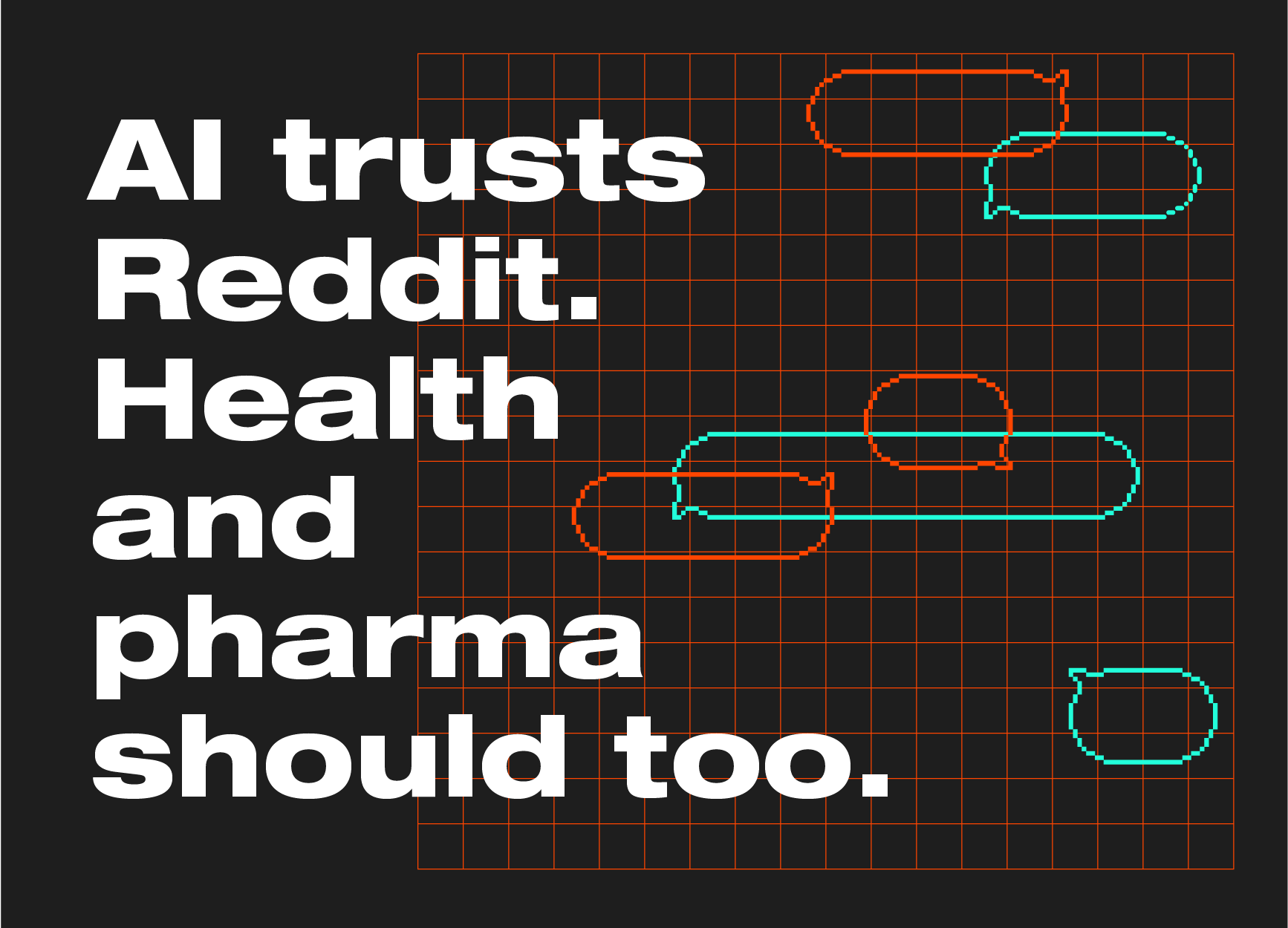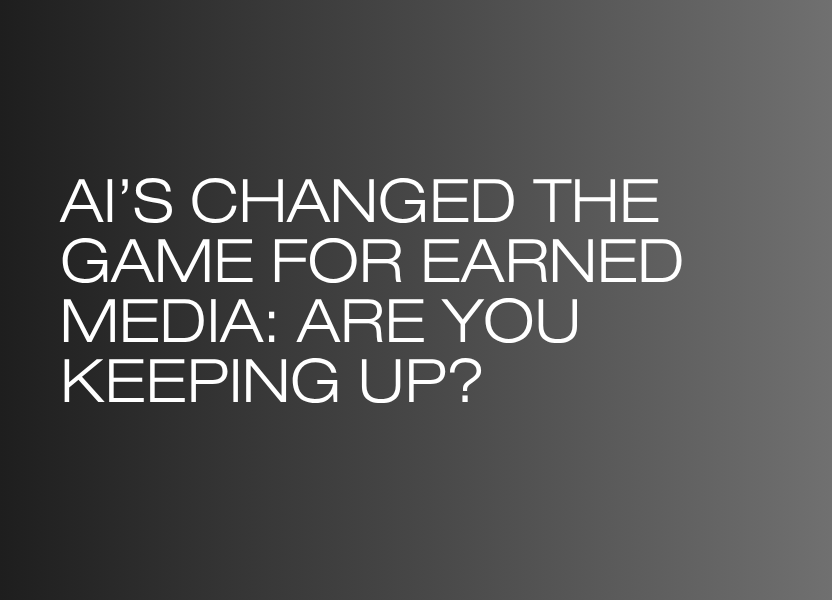Listening to patients when they have something to say, not just when we want an answer
Drug development is a results business. There are lots of losses, and the occasional big win. There’s not a lot of room for sentiment, or for things that feel nice but don’t make the business better. This is the unforgiving environment in which the patient-centricity movement – the insistence that bringing the voice of the patient into critical decision-making is good for patients and therefore good for business – has had to fight its corner.
The theory is straightforward. For example, clinical trial endpoints are more likely to capture a meaningful benefit for the people with the disease if those people are consulted when the endpoints are being selected. An extra lumbar puncture might inform an exploratory endpoint, but it could also turn people off consenting in the first place. A wearable will give lovely continuous data, but will anyone actually want to wear it?
Those examples are typical of protocol features that can be modified when sponsors ask patients for their input. When their opinion is sought (and it is not by any means universal: we still receive protocols that state that patients were not consulted in their development), it is usually during study design and planning, via ad boards, workshops, surveys and so on. This contrasts sharply with the way in which consumer opinions are gathered today, which focuses on real-time, low-friction feedback, asked for in the immediate context of a service or experience.
In clinical trials, this ‘soft stuff’ (the ‘how was your visit?’ and ‘is there anything extra you need for next time?’) usually falls to staff at individual sites. It is, perhaps unsurprisingly, not valued in the same way as an ePRO questionnaire. But what if this sort of participant experience data were captured, scaled across whole studies and programmes, and turned into a source of insight that can improve study communications, site training, or protocol design? What if a simple, light-touch Q&A, delivered through a user-friendly webapp, could alert a site to a participant’s imminent dropout? Isn’t that more patient-centric than an ad board?
Originally published in Pharmaceutical Market Europe on 31 May 2023.




